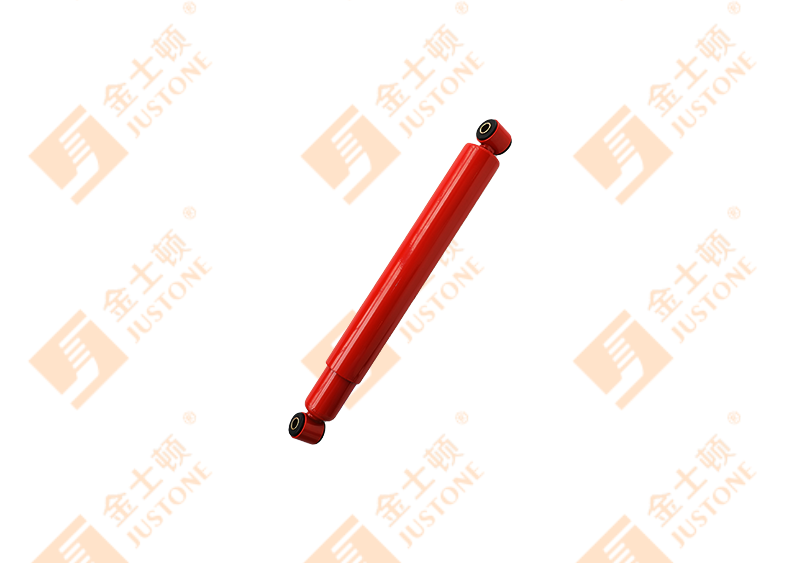The load capacity of
solar mount axial tracker shock absorbers is determined based on several factors related to the specific application and requirements of the solar tracking system. The load capacity represents the maximum force or load that the shock absorber can effectively handle while maintaining its performance and reliability. Here are the key factors considered in determining the load capacity:
Tracker System Configuration:
The load capacity is influenced by the overall configuration of the solar tracking system. Different tracker designs (single-axis or dual-axis) and structures may exert varying forces on the shock absorbers.
Weight of Solar Panels:
The primary load on solar mount axial tracker shock absorbers comes from the weight of the solar panels they support. The cumulative weight of the panels and associated mounting structures impacts the load capacity requirements.
Environmental Conditions:
The shock absorber's load capacity is often influenced by environmental conditions such as wind, snow, and other dynamic loads that the solar tracking system may experience. These conditions can add additional loads to the system, affecting the shock absorber's performance.
Dynamic Forces during Tracking:
Solar tracking systems move throughout the day to optimize sunlight exposure. The dynamic forces generated during tracking, including acceleration and deceleration, affect the load capacity requirements of the shock absorbers.
System Response to External Loads:
The shock absorbers must be capable of handling external forces beyond the static load of the solar panels. These forces may include sudden gusts of wind, seismic events, or other dynamic loads that could impact the solar tracking system.
Compliance with Design Standards:
Design standards and industry guidelines often specify load capacity requirements for solar mount axial tracker shock absorbers. Compliance with these standards ensures that the shock absorbers meet safety and performance criteria.
Safety Factors:
Engineers typically apply safety factors to account for uncertainties and variations in load conditions. Safety factors are multiples of the anticipated load and help ensure that the shock absorbers operate within a margin of safety.
Material Strength and Durability:
The materials used in the construction of shock absorbers must possess sufficient strength and durability to withstand the anticipated loads over the expected service life. Material properties influence the load-carrying capacity of the shock absorber.
Testing and Validation:
Shock absorbers undergo testing and validation procedures to determine their load capacity. This may include static and dynamic load tests to assess the performance under various conditions and verify that the shock absorbers meet or exceed specified load requirements.
Finite Element Analysis (FEA):
Finite Element Analysis is a computational method used to simulate and analyze the behavior of the shock absorbers under different loading scenarios. FEA helps engineers optimize the design and confirm that the shock absorbers can handle the expected loads.
